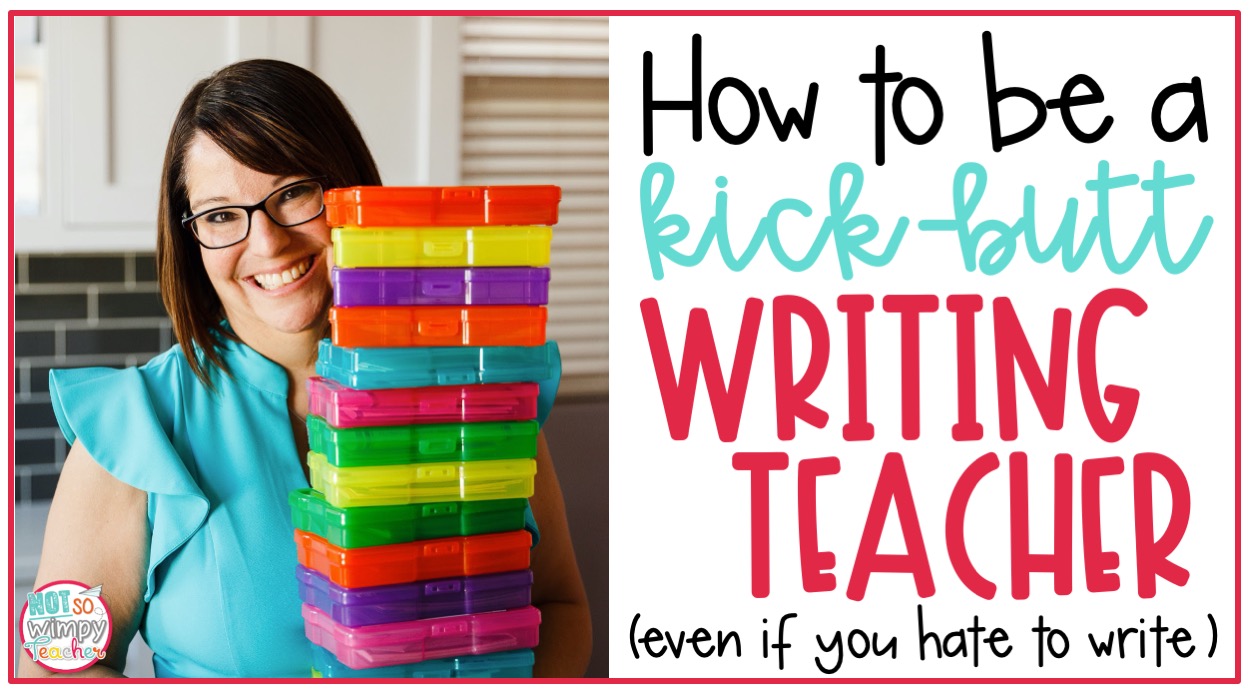
As a kid, I dreamed of being an author. My dad would bring home a laptop from his work, and I would spend my weekends writing chapter books. I would submit them to contests that I found online. During recess, I would sit on the sidewalk reading a thesaurus.
My dream was shattered during my freshman year of college. I was so excited to turn my first paper into my Honors English professor. I was certain that it was amazing work. When he handed it back, he looked right at me and said, “You are a terrible writer.”
Who does that?!
I’m still crushed just thinking about it.
For many years I shied away from writing. I believed in one person’s opinion about me.
I hated to teach writing. When I had to teach my students to write, I felt like an imposter. “Who am I to teach others to write? I’m terrible!”
Have you ever told yourself a similar story?
I have some good news. I never thought of myself as a good writer, and yet I discovered many strategies that made it easier for me to close the achievement gap and help all of my students to be powerful writers.
Use Mentor Texts
When I was teaching my students how to solve 2×3, I had no problem drawing some equal groups and modeling how to solve them. But when I had to teach students how to write a personal narrative story, I felt like vomiting when I thought about modeling that in front of my students.
Students need to see great examples of writing. They learn so much by seeing good writing strategies being used.
But you don’t have to be their only example!
Take the pressure off of yourself by using some mentor text. A great way to teach writing is to use books or passages that are good examples of the type of writing you are teaching.
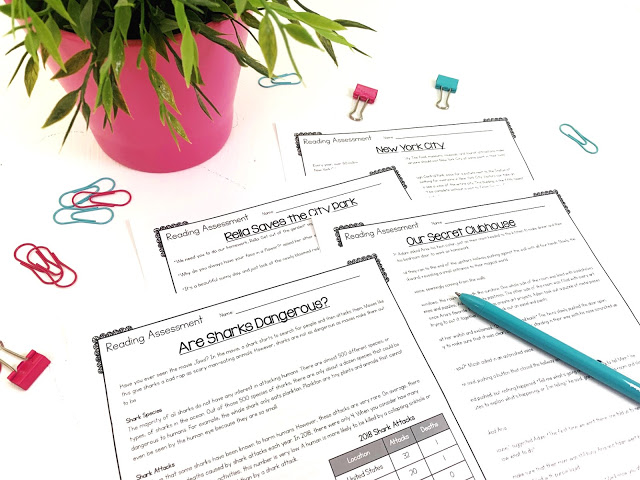
If you are teaching personal narrative, read Thank You, Mr. Falker by Patricia Polacco. It doesn’t have to be your story!
Anchor Charts
When I first started teaching, I believed that I needed to write entire stories or essays in front of my students every day. I have no clue why I believed this!
Rather than writing entire stories, focus on one strategy using an anchor chart.
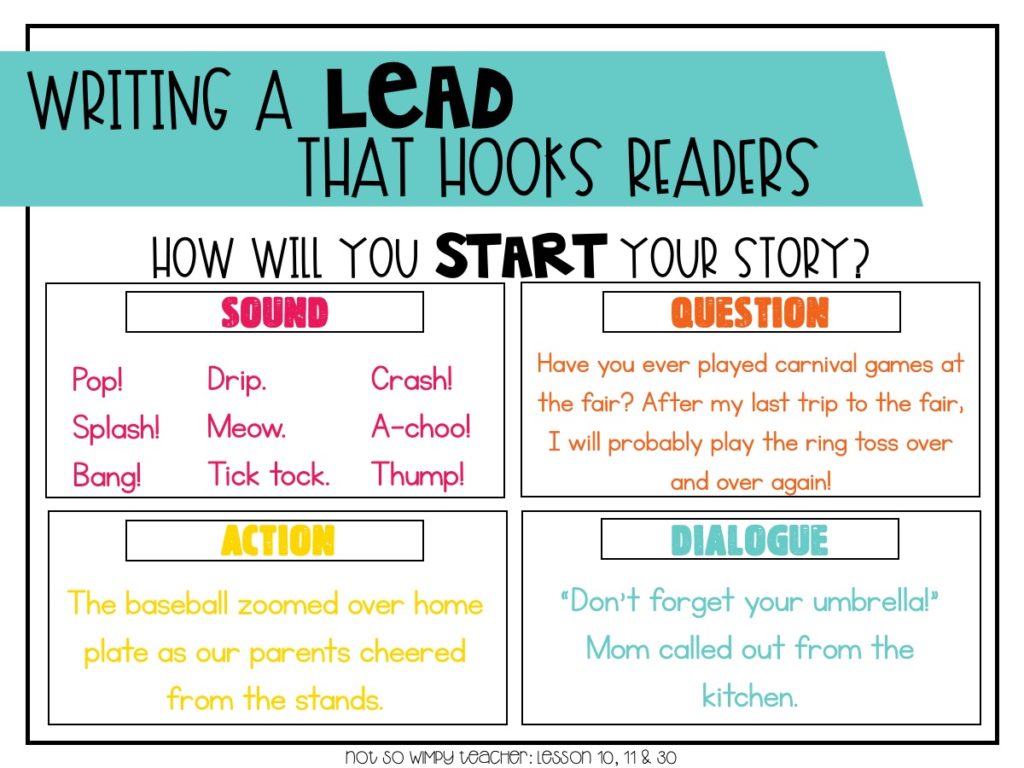
It is so much easier to write a couple of examples of a lead than it is to write an entire piece in front of your students.
Stop Believing the Lie
I’m not a terrible writer. He was a terrible professor.
And you are not a terrible writer, either. It is a lie that you have been told by someone else or a lie that you tell yourself.
Writing is subjective. I might not like your writing, and someone else might think you should be the next Caldecott Award winner.
Here is one thing that I do know with certainty: Your students think that you are an amazing writer. They want to write just like you. Their belief is all you need to teach writing successfully.
Don’t hide behind the lie.
Work With Me
I hope these tips help you to feel just a tad more confident about teaching writing.
Confidence is what the Not So Wimpy Writing Masterclass is all about.
The Not So Wimpy Writing Masterclass is an online professional development course for teachers in grades 2-5 who want to help every student in their classroom to be a strong writer.
Teachers learn step-by-step strategies to implement a successful writing workshop. I help teachers to go from being overwhelmed to fully confident.
In the Masterclass, you will learn how to:
- Maximize your limited class time
- Meet the needs of ALL your writers, even the struggling ones
- Increase your students’ standardized test scores
- Turn your students into eager, excited writers
And this course is easy to take. The Masterclass is entirely online and self-paced. When you enroll, you get immediate access to all 39 pre-recorded videos, and you can watch them anytime you want!
The course is currently closed. Be sure to sign up for the Waitlist so you will be the first to know when we open it again. Sign up now so you don’t miss out!
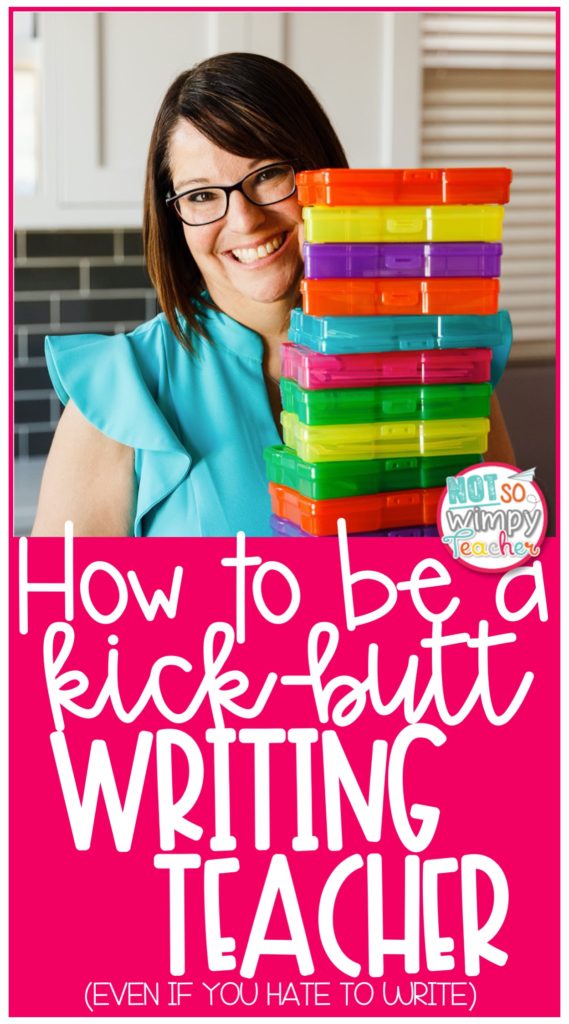
Have a Not So Wimpy day,


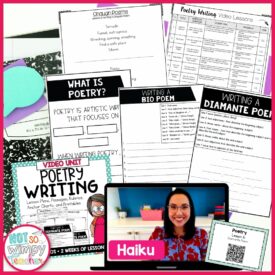
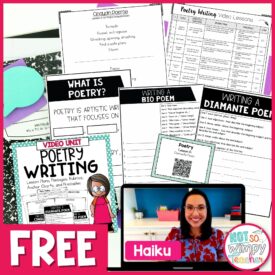


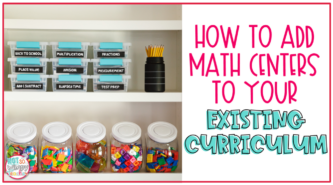
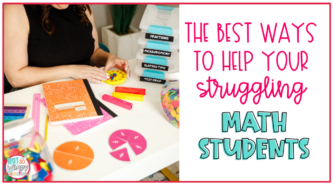
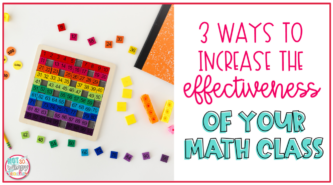











so, since you don’t do resources for 1st grade, can you recommend a resource for 1st grade teachers? Thanks, Lynette Chambers
Yes, I too would be interested in resources for 1st grade. It is a different ball game.
My school is using your resources in grades 2-5. Since I teach first grade, what do you recommend?
Do you have anything for kindergarten?
We create resources for 2-5th grade
I am also interested in 1st grade resources. Thanks!
i love this site so much
How much does it cost? Thanks!
Hi Steph!
Thanks for your interest in the Masterclass. I sent you an email with information on the course. I hope you can join me this summer!
Would love something for first grade!!!
Hi Becky,
My experience is in grades 2-5, and I want my resources to be the perfect fit. I’m so sorry I do not currently have material for first grade.